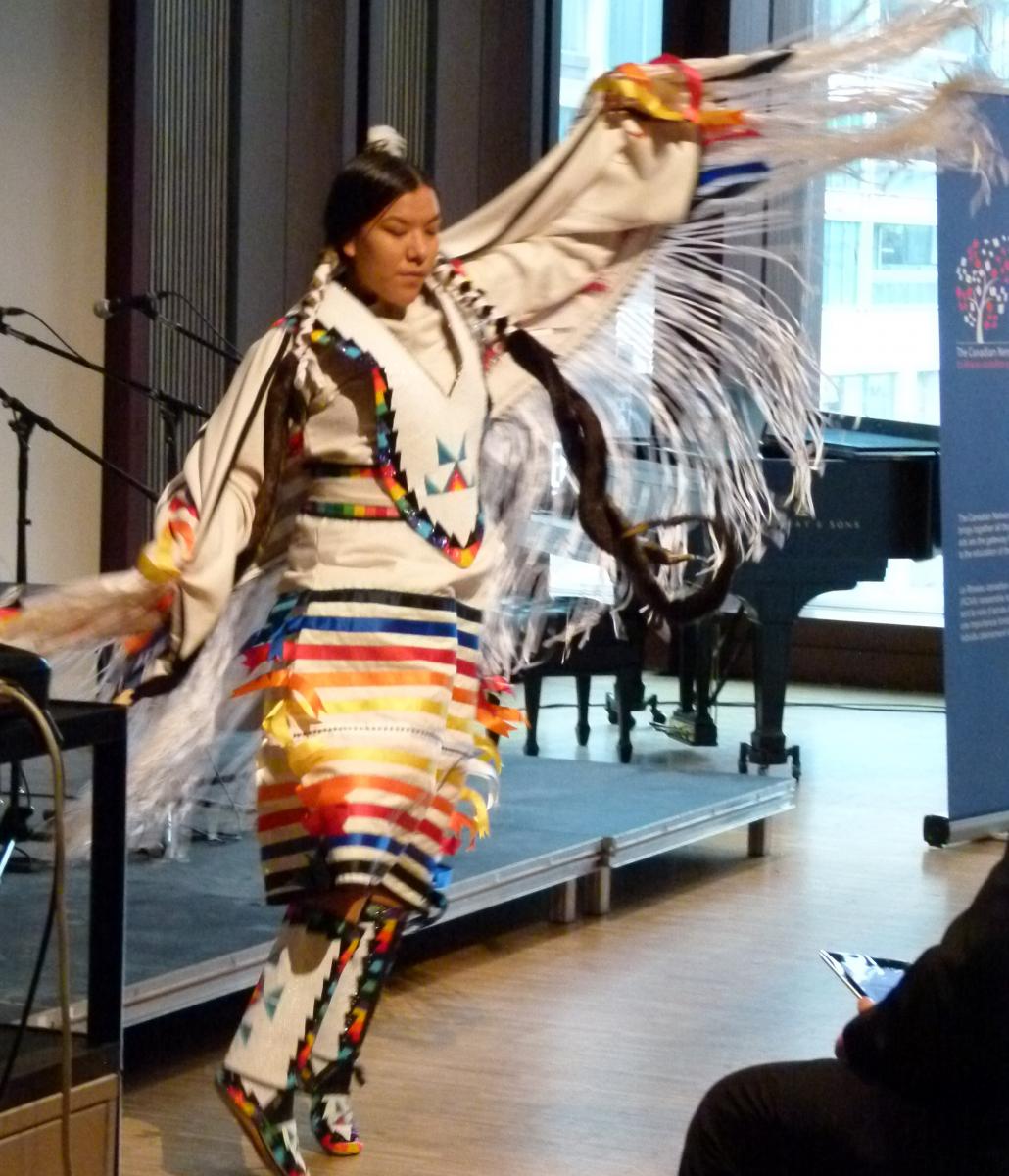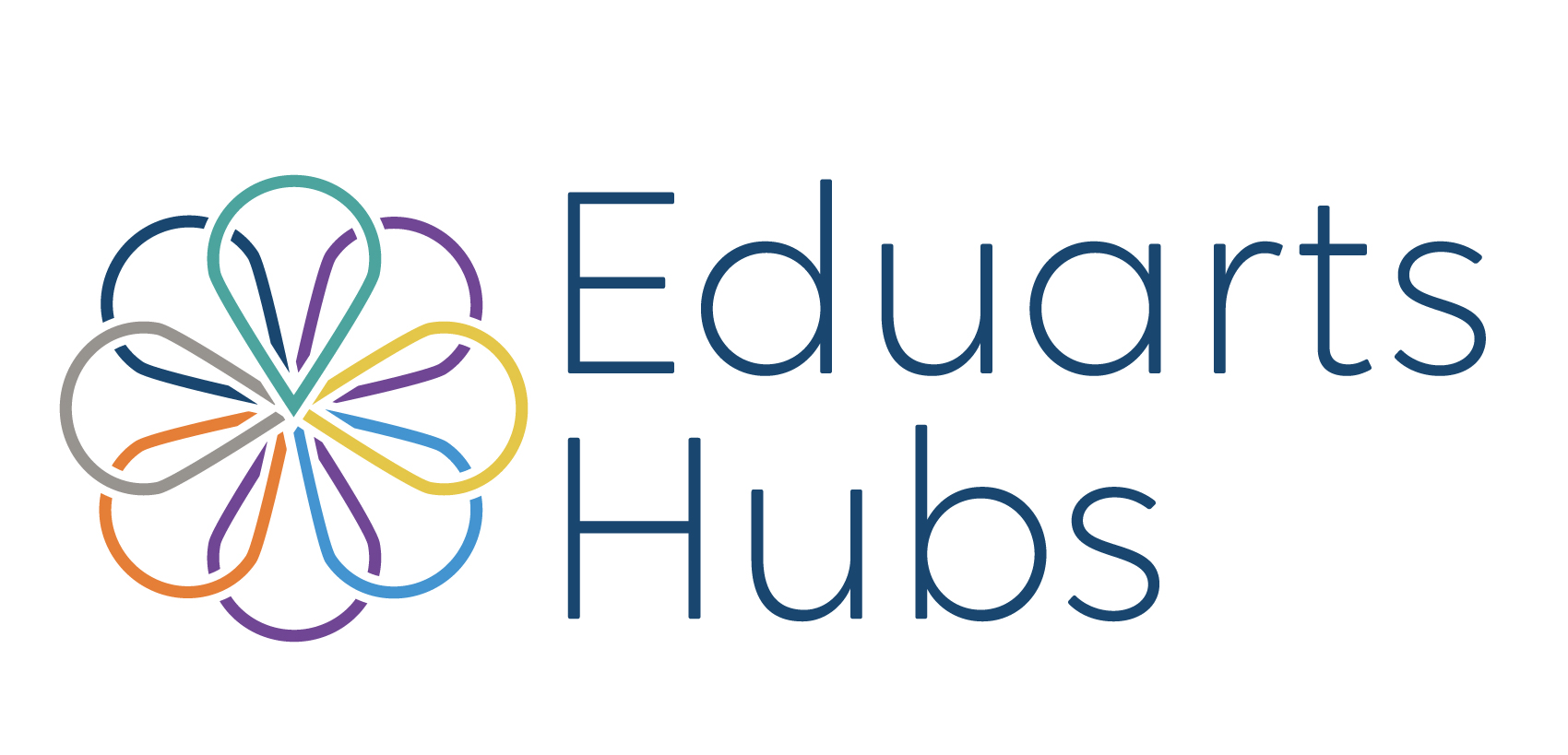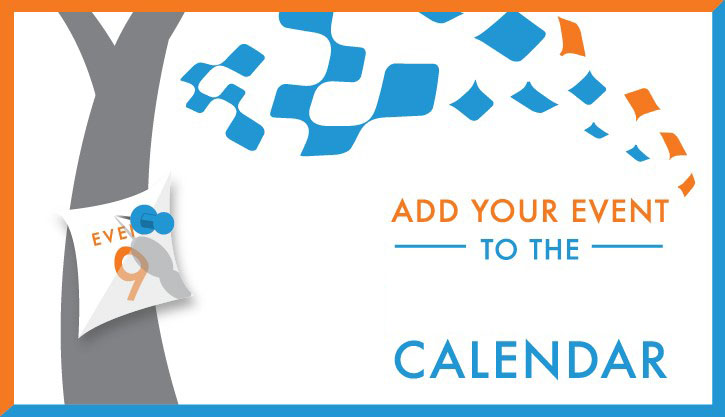What does this program support?
The Creative Communities Projects program provides funding to Toronto based professional artists, artist collectives and non-profit organizations to pursue one-time or time-limited arts projects that enable public participation and engagement in arts and culture. The City of Toronto supports this program through a funding allocation approved annually by Toronto City Council. Creative Communities projects create a powerful sense of inclusion, understanding and the possibility of self-expression among participants. Projects can involve one or more art practices, such as music, dance, theatre, visual arts, and storytelling, but the collaborative involvement of professional artists with community members is required. Eligible projects must:
- highlight co-creative processes between artists and communities
- offer skill building experiences that can lead to presentation or exhibition opportunities for participants
- increase access to arts activity for the broader community
The maximum grant available in this program is $15,000. Applicants may receive less than the full amount requested. TAC will fund 100% of the project budget up to $8,000. For requests to TAC over $8,000:
- the budget must show revenue from other sources
- the TAC contribution may not exceed 50% of the project budget
- in-kind contributions may not exceed 25% of the project budget.
Grants contribute to the costs associated with the proposed project, including artistic fees, production and technical costs, marketing and publicity costs, administrative costs, etc. Please note that artists’ fees are the highest priority; this program requires the payment of artists’ fees.
Applicants may apply in one of two categories:
Arts Engagement:
Projects in this category engage the community through their art form, work with community members to encourage maximum participation in the arts practice and the art making, and recognize that the process of collaboration is as important as resulting artistic products.
*Key Consideration – How does your project encourage maximum participation of your target community?
Examples:
- Arts programs in neighbourhoods and communities that help overcome barriers to participation in the arts. Examples of possible barriers are age, physical ability, health status, geography, or economic and socio-cultural barriers.
- Artists’ collectives partnering with a community organization to undertake a project or residency. Applications relying on host-artist partnerships may include a Letter of Agreement between the host organization and the artist.
Arts Community Development:
Projects in this category develop artistic communities through the development of art practices, art forms and/or emerging artistic voices. Eligible applications must define their artistic community and terms of engagement with one or more art forms.
*Key Consideration – How does your project preserve or develop an artistic community?
Examples:
- An arts organization or collective seeking to work with an artist who practices an ethnically specific, culturally diverse, or traditional art form, to increase their artistic skills, knowledge, range of creative expression and build a community of practice, with the aim to engage a broader community upon completion of the project.
- An artists’ collective that is part of a specific cultural community seeking to work with artists who have experience working with that community to create and present work in one or more artistic disciplines, with the aim to develop emerging or under-represented artistic voices of community members and/or address issues relevant to their community.
- An arts organization or collective may hold an arts festival or event that celebrates a specific community. However, simply identifying as a community-based event does not of itself make the project eligible. The event must include participatory arts activities in which members of the community are engaged by Toronto-based professional artists.
TAC ACCESSIBILITY GRANT
Projects involving Deaf artists and artists with disabilities may apply for an additional TAC grant by completing the Accessibility Expenses section of the application and including the requisite information in their budget. A TAC Accessibility grant will provide up to a maximum of $5,000 towards accessibility costs for artists incurred during the project. Accessibility costs include but are not limited to: ASL interpretation, audio description, closed captioning, communications assistants, attendant care (including helpers for Elders), support workers and equipment rentals or other supports required to meet artists' accessibility needs).
Who can apply?
The project for which the funding is requested must take place in the City of Toronto. If you are a first-time applicant to the Creative Communities Projects program or if you have any questions about your project’s eligibility, please contact Senior Manager, Arts Discipline Programs. Eligible applicants include:
- Professional artists. A professional artist is someone who has developed their skills through training and/or practice; is recognized as such by artists working in the same artistic tradition; actively practices her/his/their art; seeks payment for her/his/their work; and has a history of public presentation.
- Artist Collectives. A collective is defined as two or more artists working together under a group name, either on a single project or on an ongoing basis. For collectives of two artists, both must be City of Toronto residents. For collectives of more than two artists, the majority of members must be City of Toronto residents.
- Incorporated non-profit organizations




